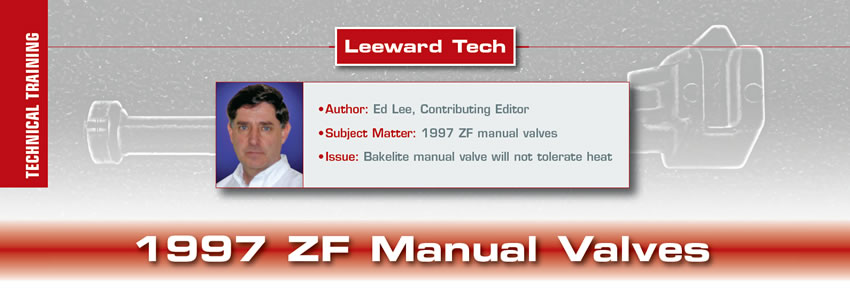Helping or Hurting
When you cut open a rebuilt converter, you never know what you will find. There are always similarities in the converters because most rebuilders follow the same basic format. It is the differences in the rebuilt converters that make them stand out.
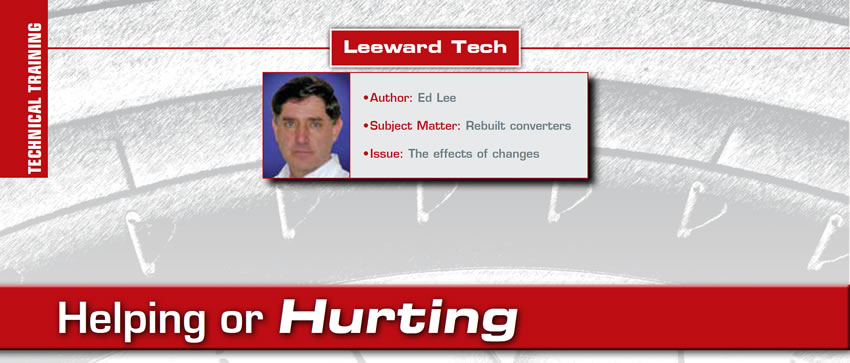
Ins and Outs of Torque Converters
Plotting the pathways of the oil that enters and exits the converter is not an easy task if you are only looking at the parts of the converter. Adding a stator support and an input shaft to the converter parts makes this task somewhat easier.
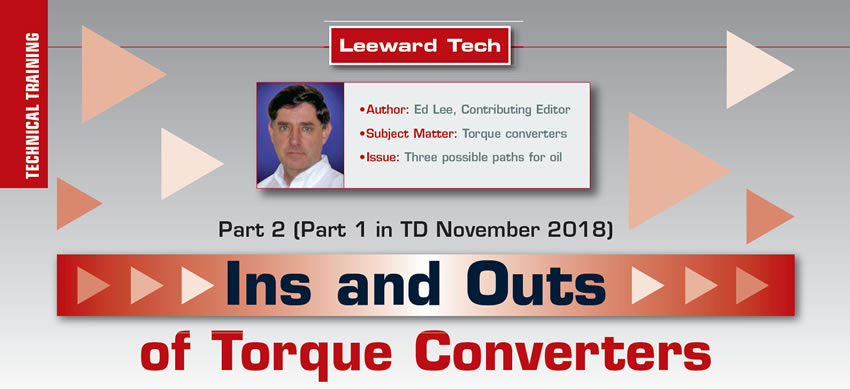
Ins and Outs of Torque Converters
Ed Lee presents a two-part project about the ins and outs of torque converters, starting with the outs.
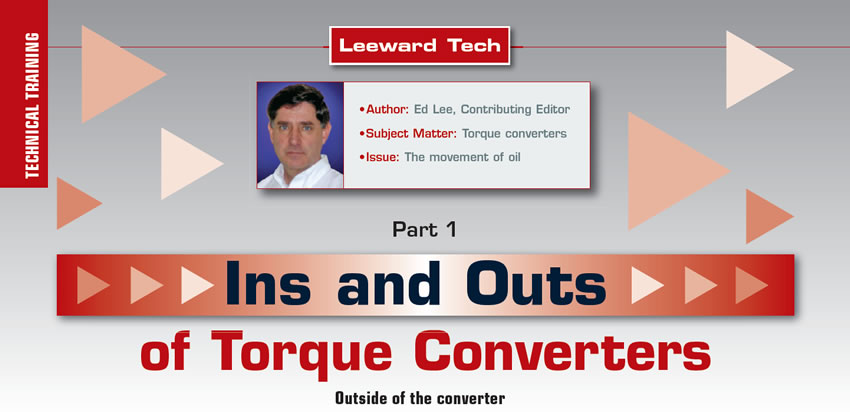
Extreme Stator Repair
When you are rebuilding a late model converter it is very important to have the correct stator, impeller and turbine. The computers in today’s vehicles are sophisticated enough to pick up small changes in the stall or stall torque ratio in a converter. If a change is detected by the computer it will set a code.
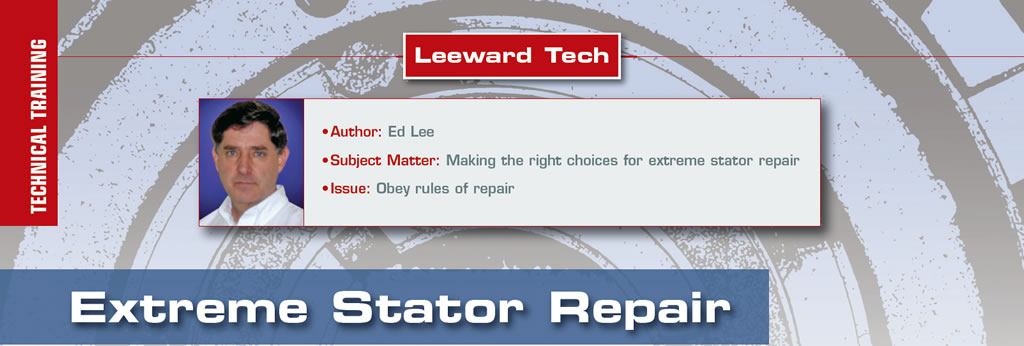
The Importance of a Positive Seal: 722.6 Issues
There are at least two major issues that are caused by the lack of a positive seal in 722.6 converters. One issue is the shutter on TCC apply and the other is insufficient or no cooler flow. These seemingly unrelated complaints share a common cause, but the cause-and-effect relationships are quite different.
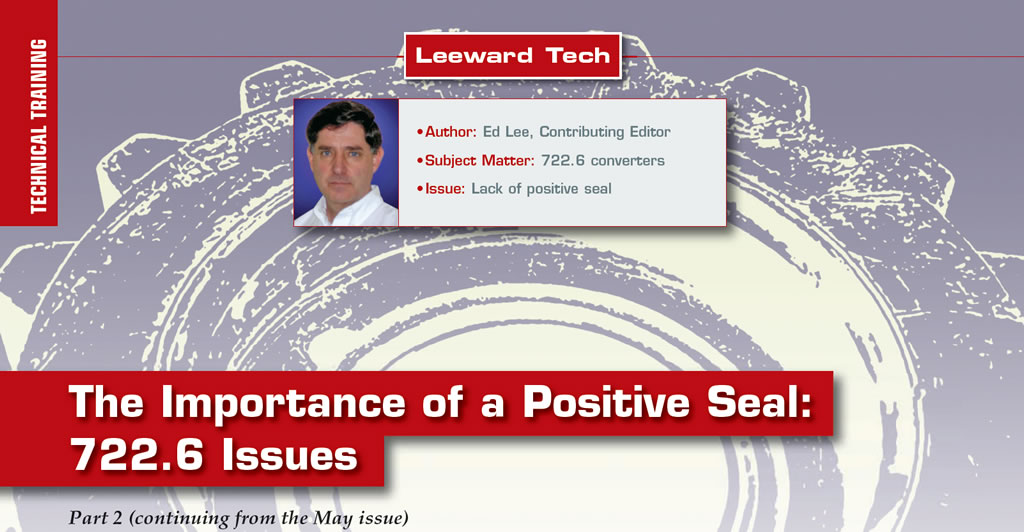
The Importance of a Positive Seal
Toyota has been plagued by torque converter clutch (TCC) issues for many years. The shudder issues started with the on-off lock strategy and continue with the present-day advanced strategies. Any Toyota 2002 and newer front wheel drive vehicle can have this issue. There are currently two technical service bulletins (TSB) that address this issue.
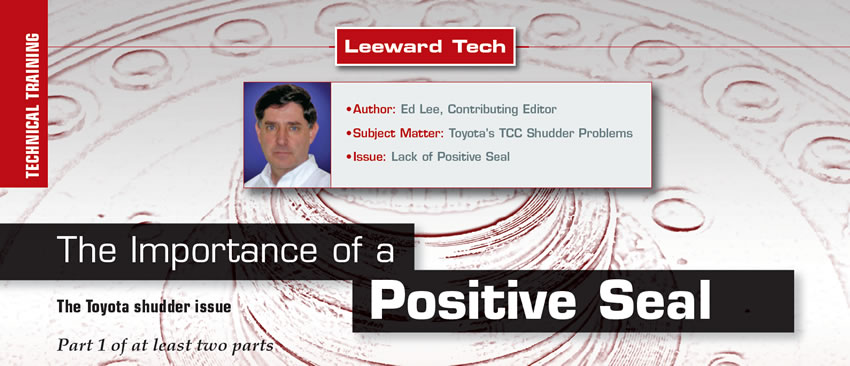
1997 ZF Manual Valves
A 1997 Porsche Boxster was towed to a transmission shop. The vehicle was equipped with a ZF5HP19 transmission (Porsche calls this transmission A86.00 Tiptronic) and had 48,408 miles on the odometer. The customer complaint was that the vehicle would drive fine when cold, but the warmer the transmission got, the greater the effort to move the shifter. The shifter would get to a point that it would not move at all. At one point the shifter assembly broke because of the force applied to it.
